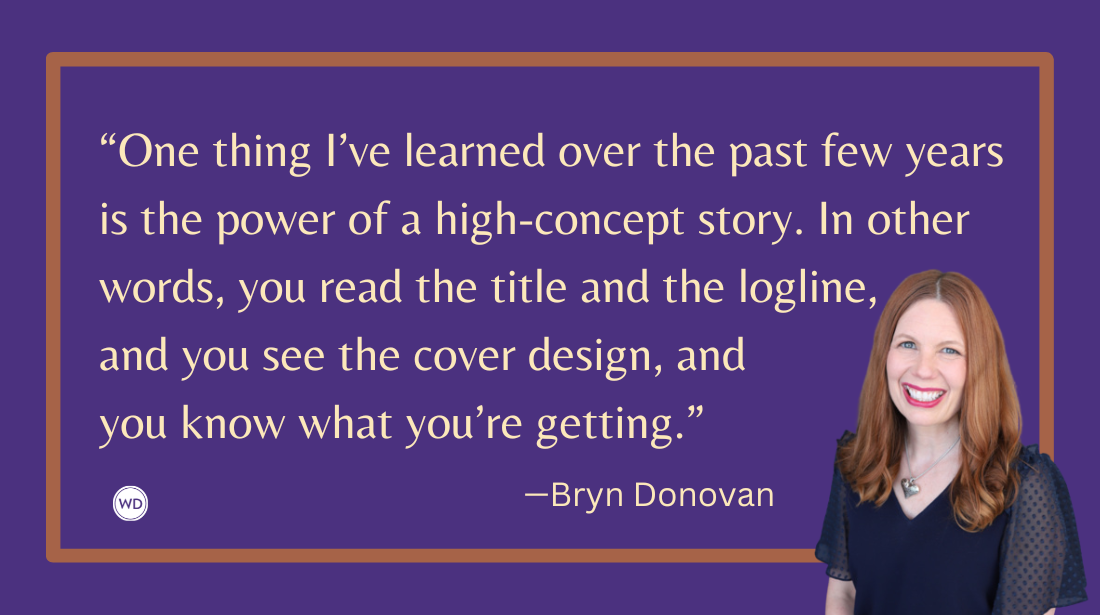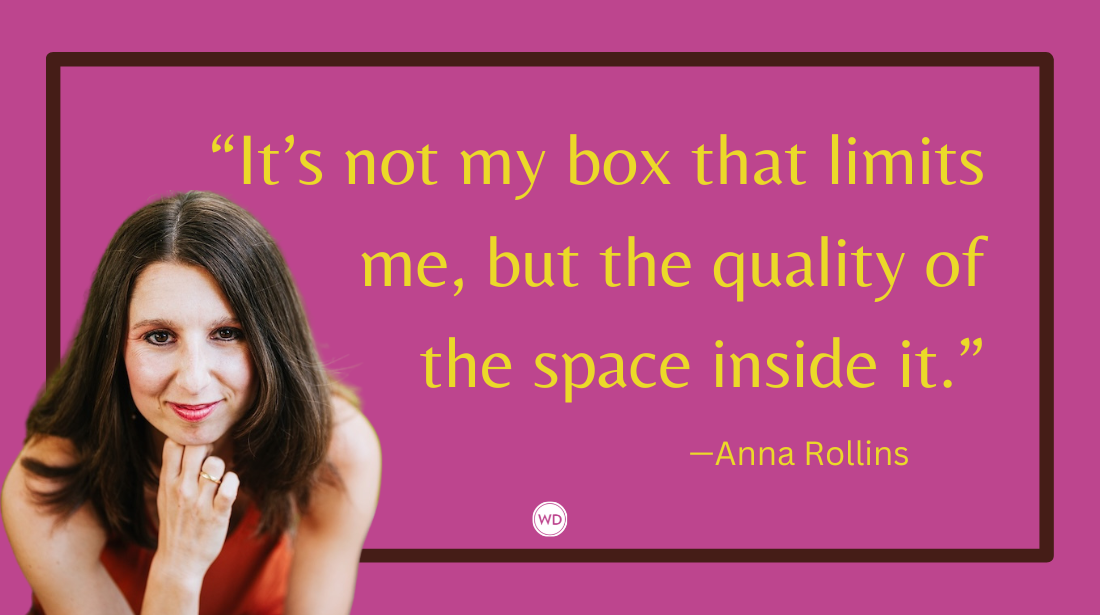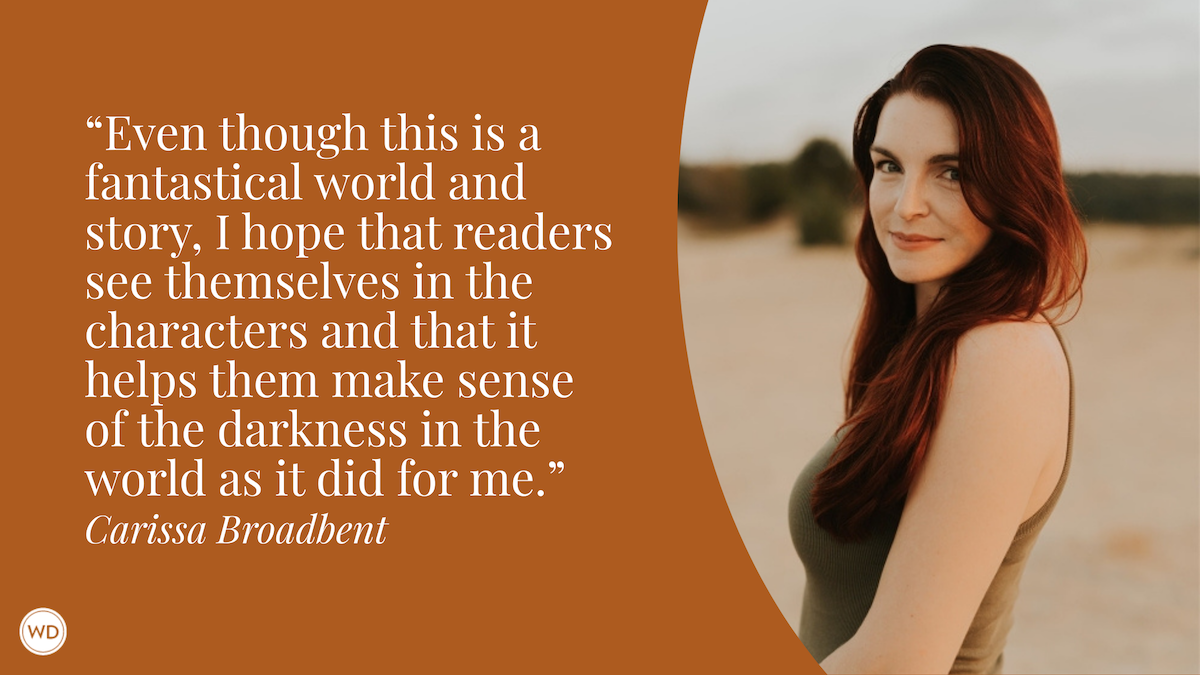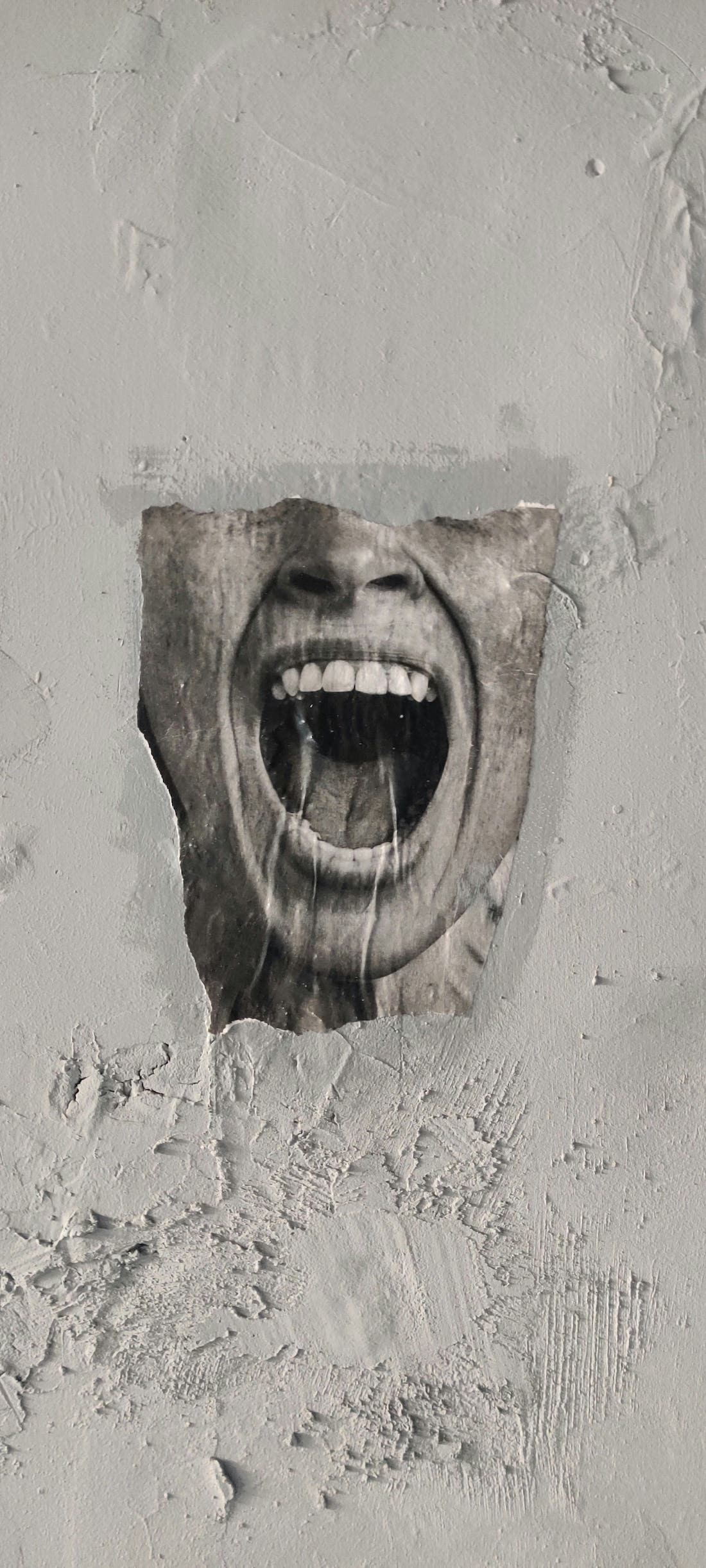Finding My Voice Through Letters: How Epistolary Writing Can Unlock Authenticity, Intimacy, and New Stories
Award-winning novelist Carol Van Den Hende shares how epistolary writing (or writing letters) unlocked her voice in storytelling.
Dear Fellow Author,
Have you ever birthed seven stories in a weekend? I hadn’t either. Until one miraculous summer Saturday. My publication date loomed. My developmental editor had just tossed significant chunks of my manuscript. “Kill your darlings!” she said.
With my back against a wall of deadlines, I opened the revised manuscript for the collection we were shaping. What struck me most wasn’t the pieces my editor had cut, but the one she had moved to the prized first slot: a letter to Sgt. Bryan Anderson, a Purple Heart veteran who had generously offered his time as I was developing my Goodbye Orchid trilogy.
Meeting Bryan changed me. He had lost both legs and his left hand in Iraq, but not his humanity or humor. After visiting his California home, I wrote him a private letter, not intended for readers, only to thank him for his strength and grace. But as my editor recognized, that letter was different. It was intimate, raw, and real.
And that’s when I realized: In honoring him, I had discovered a form that unlocked something in me. Letters.
A decade ago, actor Mary-Louise Parker published Dear Mr. You, a memoir in letters to the men who shaped her life. I recalled loving her tender and witty letters that shone with vulnerability. That was the turning point.
Why Epistolary Writing Unlocks Authenticity
That format became the cornerstone of my collection, Dear Orchid, and it taught me a lesson I want to share with other writers: Sometimes the best way to unlock your voice is through a letter.
For me, the epistolary form created an instant shift in tone and perspective. My voice rang clearer, my memories surfaced faster, and my writing gained intimacy and immediacy.
Here are some reasons why:
- Built-in Audience of One. When you pen a letter, you aren’t writing for an amorphous audience. You’re speaking directly to someone whom you know and can imagine clearly.
- Second-Person Perspective. By default, letters use “you.” This second-person voice creates instant closeness. Readers feel spoken to, even if the letter isn’t literally meant for them.
- Permission to Be Honest. Letters are intimate, meant for two people, anchored in shared memory. They speak directly, heart-to-heart.
How It Worked for Me
Once I recognized this, the floodgates opened. The next essay became a letter to my childhood best friend: an ode to summer days spent chasing honeysuckle, and a eulogy for her violent death at the hands of the man who fathered her children.
A trusted reader scrawled only: “Wow. Powerful. No notes.”
Memories emerged, from small to seismic. My fingers began to fly over the keyboard. Formative moments unlocked. I recalled stories that I had told no one.
I remembered meeting a neighborhood man at our community soda machine, right in the middle of my biggest heist as an 11-year-old—fishing quarters from the coin return. He appeared, thirsty, holding a secret of his own. For reasons I never learned, he didn’t talk. Despite our differences in age, gender, and ability, we became unlikely friends. Writing about him later, I realized how much he had taught me about empathy. I dedicated the finale of Goodbye Orchid to him.
From there, the stories tumbled out from my core memories. The luna moth which I had inadvertently sentenced to death as an entomology specimen came back to life on the page. Childhood memories evolved to teenaged ones. My manuscript diverted us to roller rinks and dark woods at midnight.
Then, I found my fingertips itching to write about my college days. As soon as “Dear Film Jim” emerged, a story about the young man I met in film class, I recalled Mary-Louise Parker’s story “Dear Blue,” about a barefoot wanderer whose freedom was intoxicating. Re-reading it, I thought of my own shoeless Surfer Dude. That parallel unlocked another story I hadn’t planned to write.
I kept returning to this model: Write to someone, not about them.
The Experiment That Failed (and Then Didn’t)
Not every attempt worked. One of my last letters was to my “secret aunt” who was separated from her parents when China’s Communist Party closed borders in 1949. My first draft fell flat. My editor’s note was clear: “Get more personal.”
I resisted. It wasn’t my story.
But after reflection, I realized I could inhabit it differently. Instead of writing to her, I could write as her—in first person, stepping into her life. I interviewed family, researched the “Great Leap Forward,” and wrote “A Handful of Rice,” a story about hunger, resilience, and survival.
That shift worked. My editor returned with a phrase I’d come to cherish: No notes.
5 Techniques to Try
If you’re intrigued, here are some ways to experiment with epistolary writing:
- Start Small. Write a one-page letter to someone who influenced you. Don’t overthink structure. Just begin with “Dear...” and go.
- Try Different Audiences. Write to: A childhood friend you lost touch with; a teacher who changed your trajectory; a character in your novel; someone who hurt you; someone you never met but wish you had.
- Shift Perspective. After writing one draft to someone, rewrite it as them, speaking back to you. The act of inhabiting another voice can spark empathy and discovery.
- Mine Your Memory Bank. The act of writing a letter often triggers forgotten vignettes. Don’t dismiss the minute moments. Small stories often reveal the deepest truths.
- Use Letters for Character Work. Fiction writers: write a letter from your protagonist to someone they love or don’t. You’ll learn things about their values and vulnerabilities you might not discover otherwise.
What Letters Teach Us About Writing
At its heart, letter writing is about connection. It strips away performance, leaving only relationship, and truth. That’s what readers respond to. That’s why the letter to Sgt. Anderson became the opening of Dear Orchid, and why so many of the pieces that followed resonated with my editor.
Even if you don’t keep the letter format in your final draft, the act of writing one can unlock material and authenticity you wouldn’t otherwise access.
Time to Experiment
As I wrote, the letters kept surprising me. One led to another, and before long I had seven new chapters, each more personal than I thought I was capable of. Some stories were poignant. Others joyful. All were true in ways that mattered.
So, dear fellow author, join me in trying this approach. Next time you’re stuck, instead of staring at a blank page, picture a face. Type “Dear...” and let the words tumble out. The inspiration and intimacy of your letters may surprise you.
Wishing you courage, creativity, and connection, on the page and beyond.
Check out Carol Van Den Hende's Dear Orchid here:
(WD uses affiliate links)









